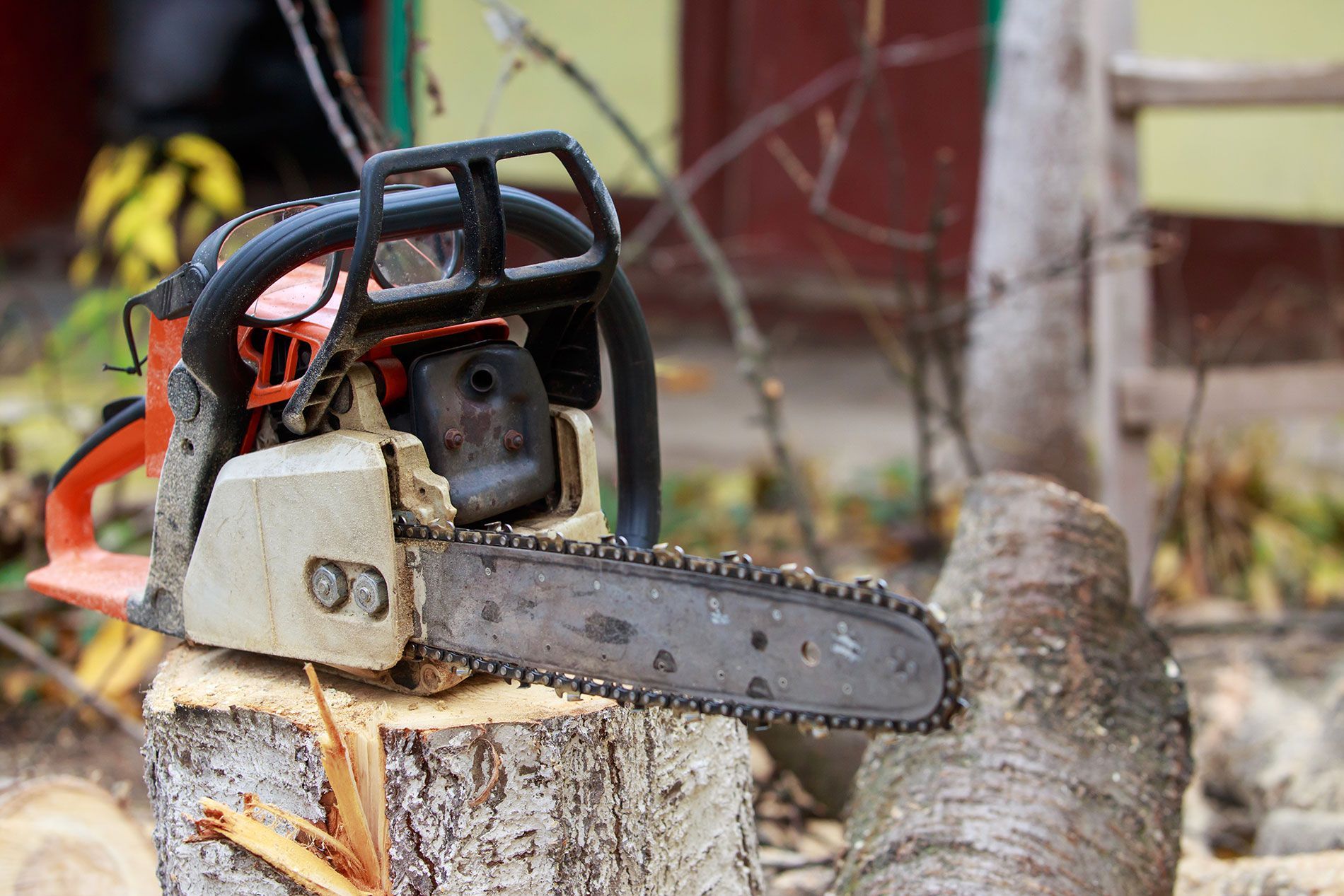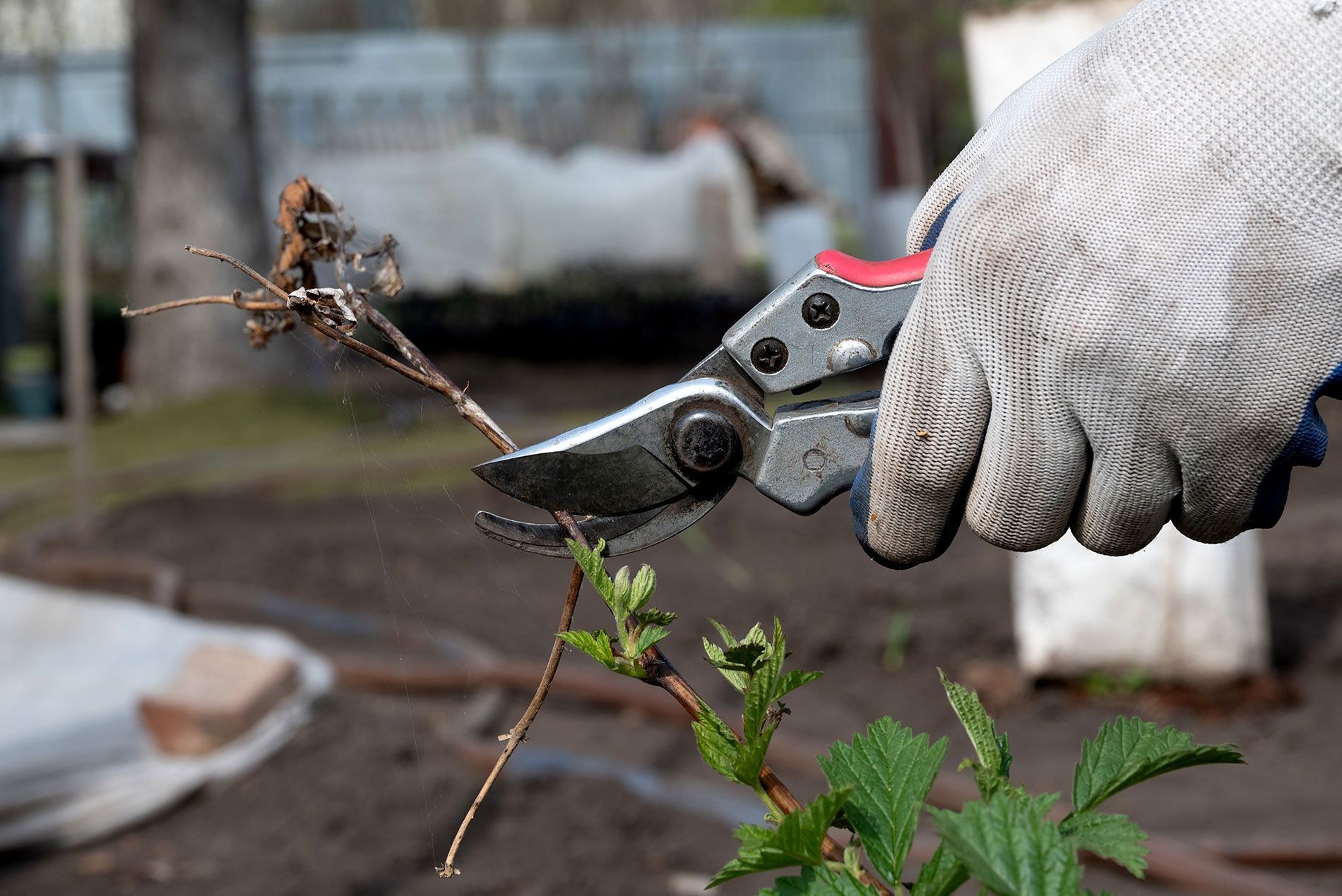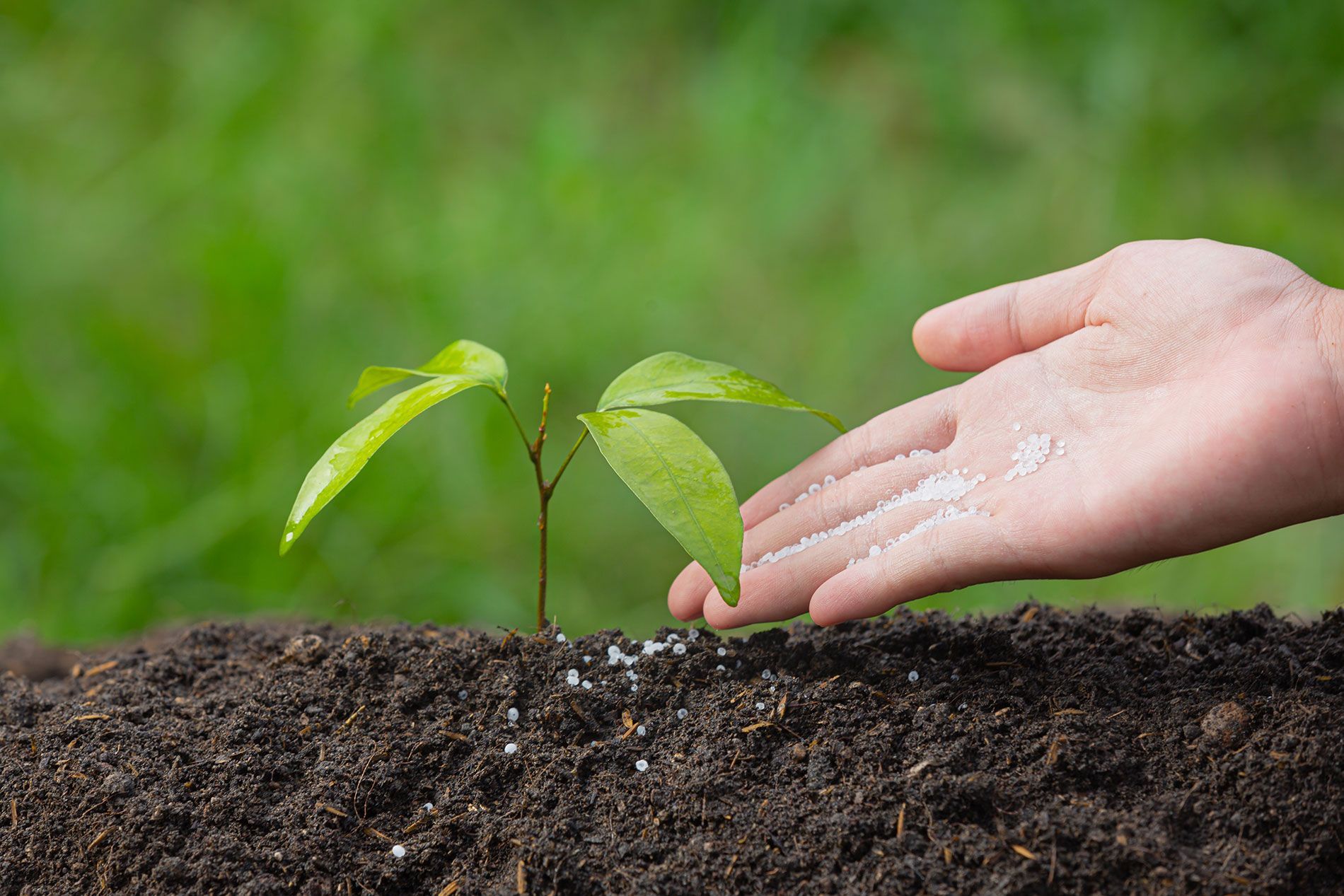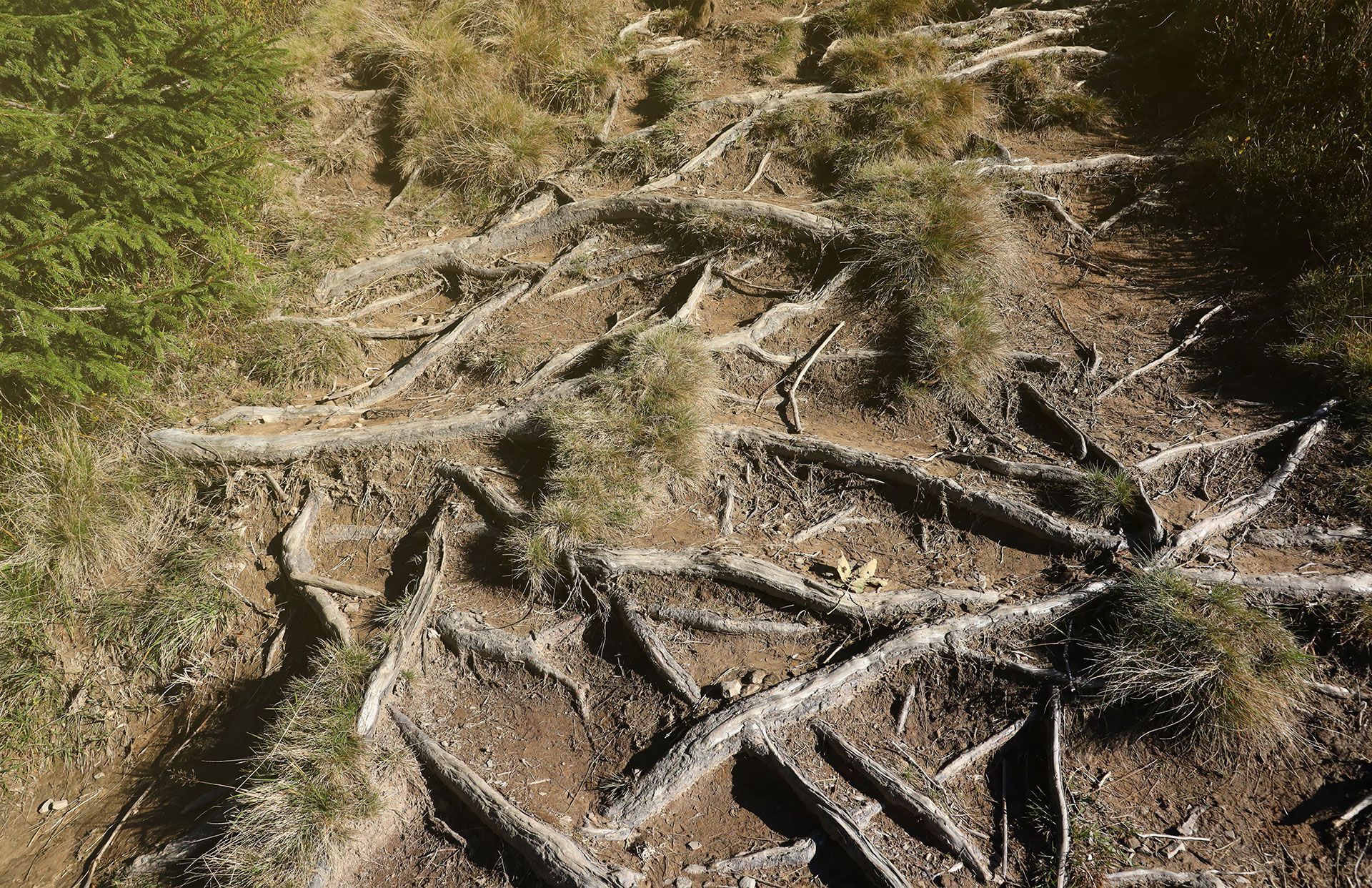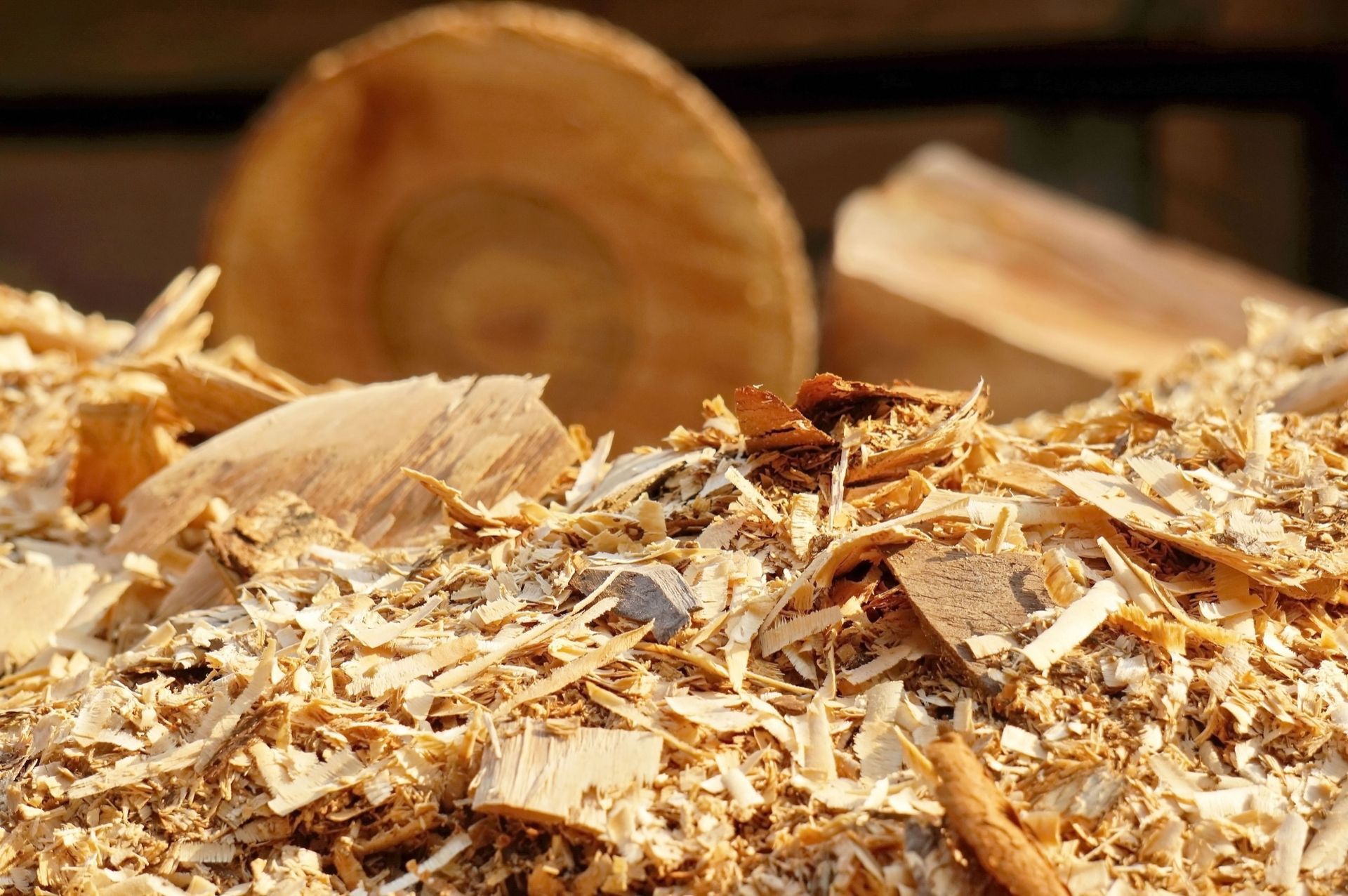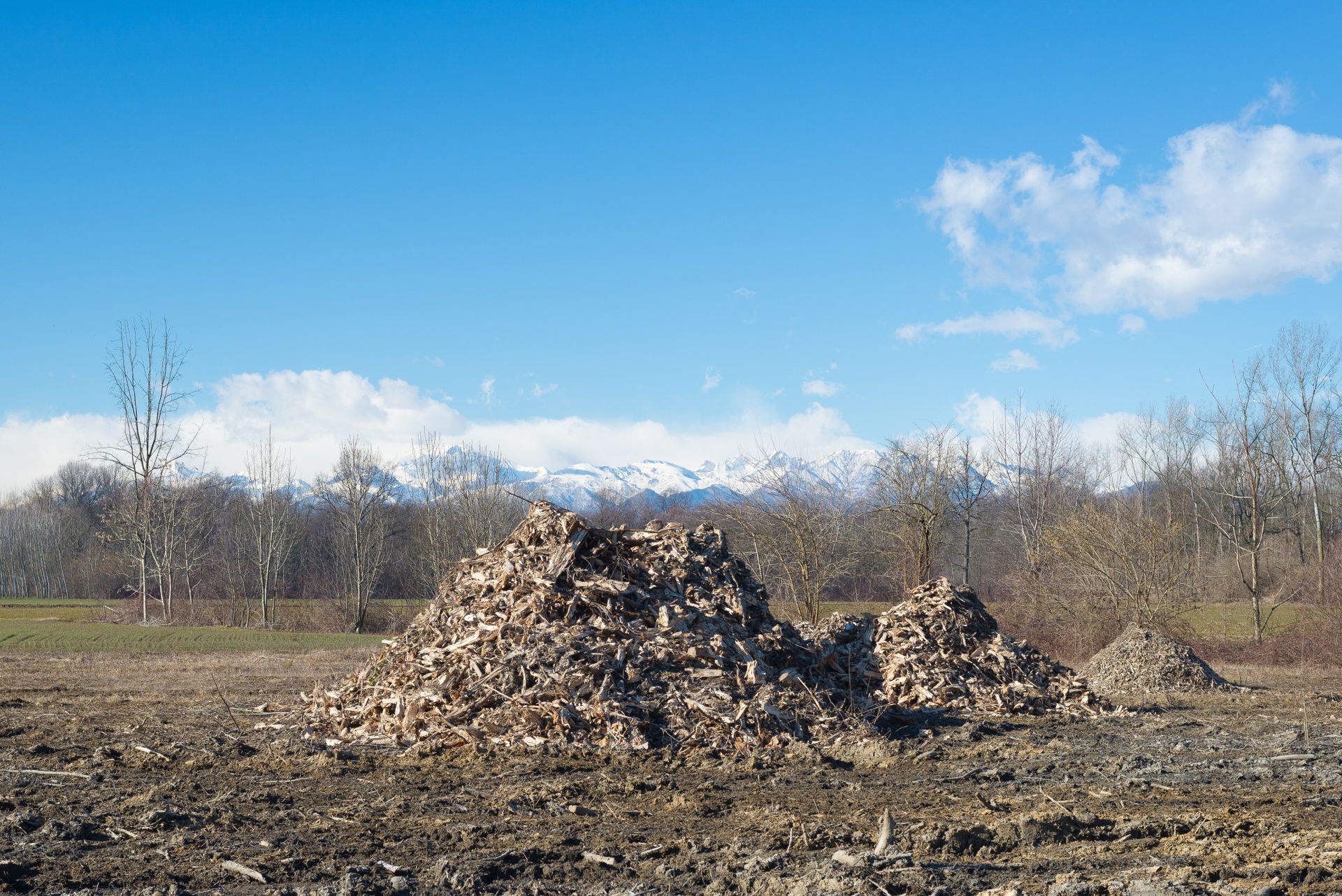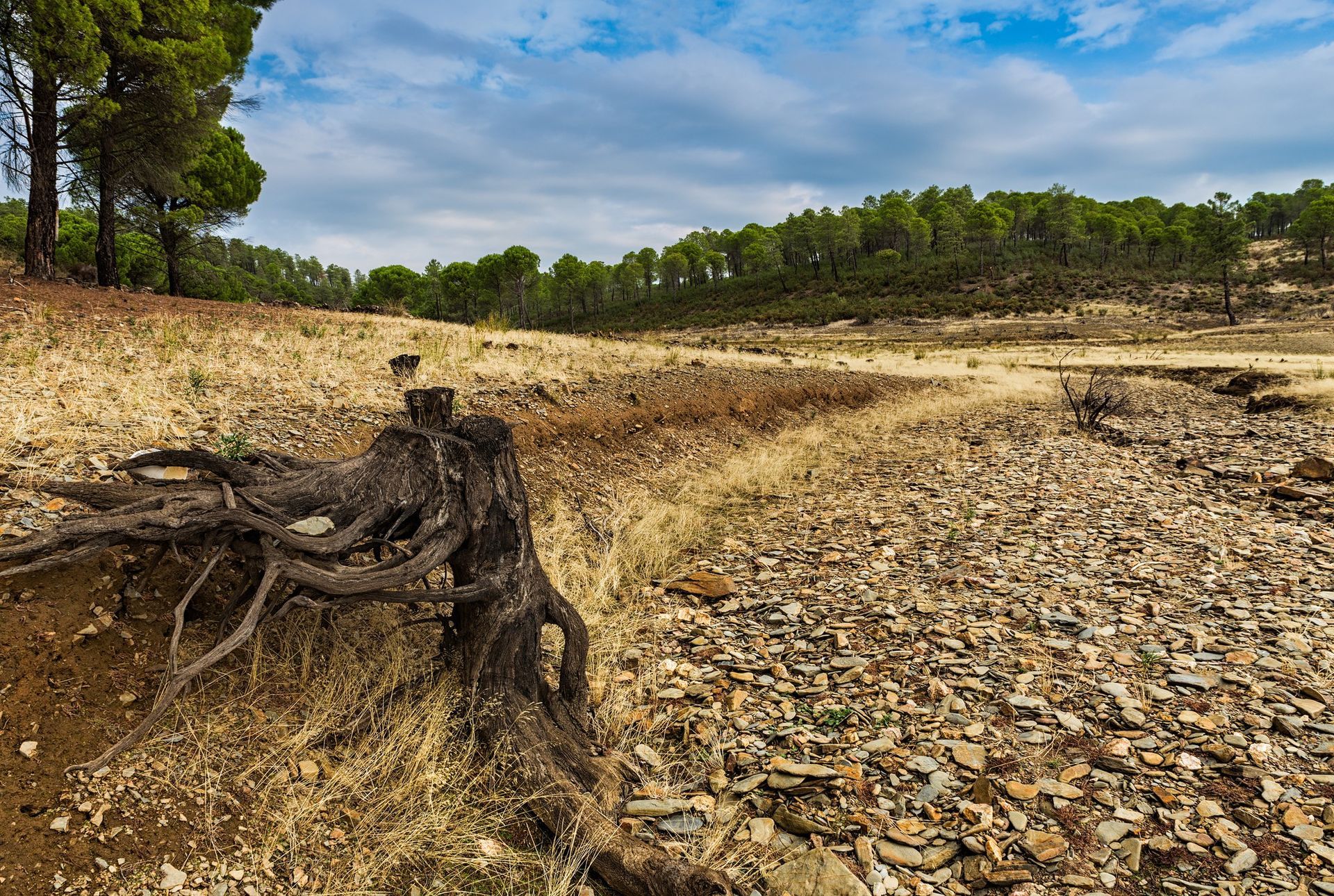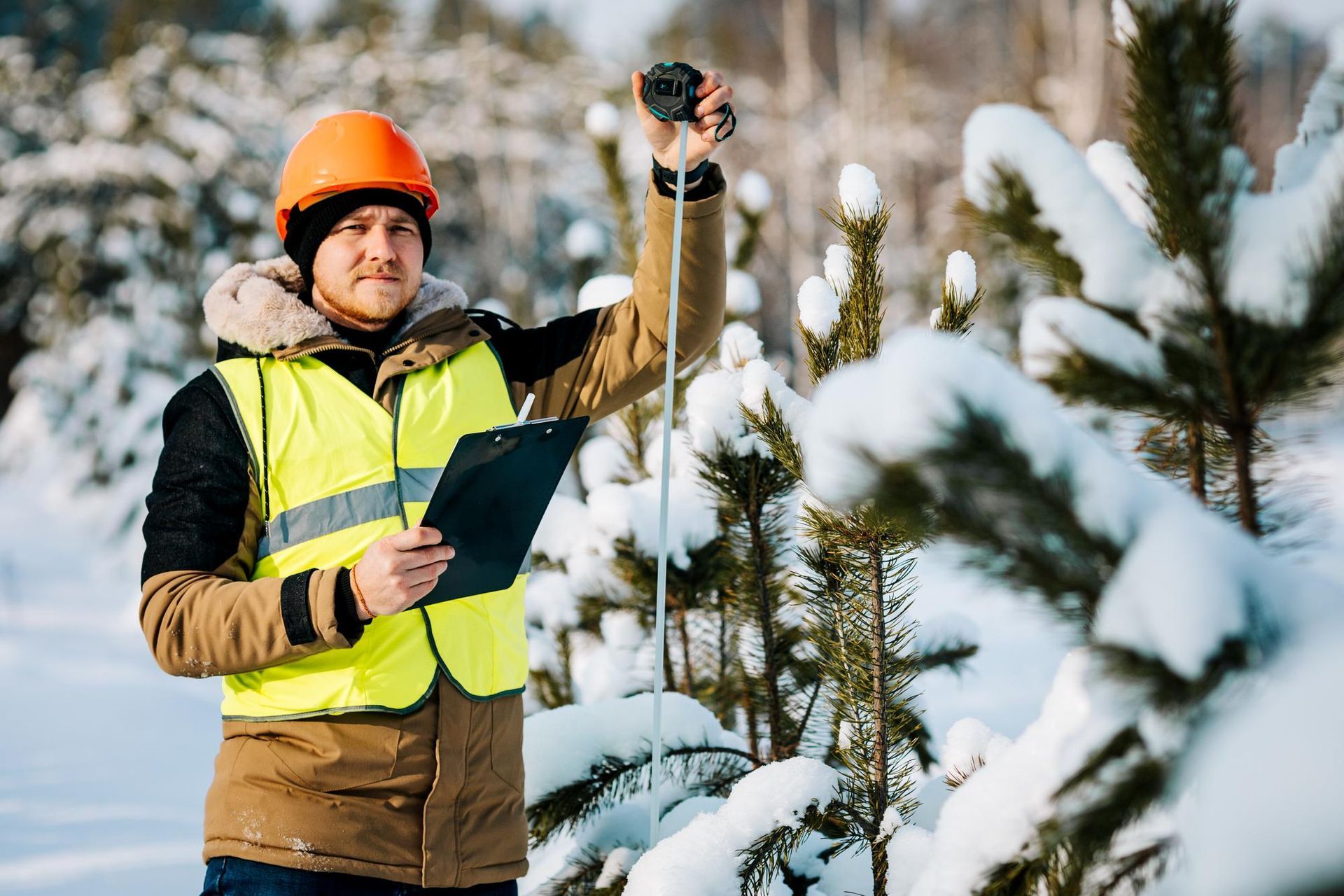Emergency Local Tree Removal Services: When You Need Them
When it comes to our environment, trees are the unsung heroes, providing us with clean air, shade on sunny days, and a touch of nature's beauty. However, there are times when these majestic beings turn into potential threats, and that's when you might find yourself urgently needing "local tree removal services." In this article, we'll delve into the world of emergency tree removal and explore the critical situations that demand immediate attention from professionals.
Understanding Emergency Tree Removal
Emergency tree removal services are your go-to solution when trees become ticking time bombs. These services specialize in addressing situations that pose a danger to your property, safety, or the environment.
Common Scenarios Requiring Emergency Tree Removal
Severe Weather Events
Nature can be fierce, unleashing hurricanes with powerful winds and ice storms that coat everything in a frozen embrace. These events can turn your once-sturdy trees into unstable threats. When hurricane-force winds or heavy snowfall strike, the weight of the accumulated snow or the force of the wind can cause tree branches to snap, and entire trees to uproot or lean precariously.
In such dire situations, contacting local tree removal services is not just a convenience; it's a lifesaver. These professionals are equipped to handle the aftermath of such events promptly and safely. They'll assess the damage, prioritize the removal of trees that pose immediate risks, and work to restore safety to your property.
Tree Diseases and Infestations
Trees, like any living organism, can fall victim to diseases and infestations. Common tree diseases include Dutch Elm Disease, Oak Wilt, and various fungal infections. Infestations can be caused by insects such as Emerald Ash Borers or Tent Caterpillars. These problems can weaken a tree's structural integrity, making them prone to sudden collapse.
It's important to be vigilant about the health of your trees and recognize the signs of disease or infestation. When you notice symptoms like discolored leaves, unusual growths, or dieback in branches, it's time to call in local tree removal services. These experts will determine whether the tree can be saved through treatment or if removal is the only viable option. In cases where removal is necessary, they will act swiftly to prevent the spread of disease to nearby trees.
Tree Damage After Accidents
Accidents can happen at any time, and they can involve vehicles colliding with trees or branches unexpectedly breaking off. These accidents can leave behind hazardous debris that needs immediate attention. A tree damaged by a collision may appear stable at first glance but could have internal damage that makes it vulnerable to collapse.
In such situations, it's crucial to prioritize safety. Do not attempt to remove the tree or debris on your own. Instead, contact local tree removal services immediately. They will dispatch a team to assess the damage and take appropriate action to secure the area. This may involve removing the damaged tree or branches safely and efficiently.
Immediate Hazard to Property or Safety
There are situations where trees pose an immediate threat to your property, your loved ones, or even yourself. Whether it's a tree leaning precariously towards your home, a large branch hanging dangerously overhead, or a tree that has partially uprooted during a storm, these are emergencies that demand immediate attention.
In cases like these, hesitation can be dangerous. Local tree removal services specialize in addressing these high-risk situations. They'll arrive promptly, assess the danger, and determine the best approach to eliminate the threat while ensuring the safety of all involved.
Additionally, they have the necessary equipment, such as cranes and specialized saws, to safely handle challenging removals. When your property or safety is on the line, it's always best to trust the expertise of these professionals.
By understanding these common scenarios that require emergency tree removal, you can better prepare yourself for unexpected situations. Remember, when in doubt, it's safer to contact local tree removal services to assess the situation rather than risking injury or property damage by attempting to handle it yourself. Your safety and the protection of your property are paramount, and professionals are trained to provide the swift and safe solutions you need in times of tree-related emergencies.
The Importance of Professional Expertise
Hiring local tree removal services in an emergency is not a luxury; it's a necessity. These professionals bring a wealth of expertise and experience to the table. They know the ins and outs of tree removal, especially when safety is a top priority.
Moreover, attempting to tackle emergency tree removal on your own can be extremely dangerous. Without the proper equipment and knowledge, you risk further damage to your property, injuries, or even worse.
The Process of Emergency Tree Removal
Now that we've established the importance of professional expertise, let's dive into the process of emergency tree removal.
- Assessment: The first step is assessing the situation. Local tree removal experts will carefully examine the tree, its surroundings, and the potential risks involved. They'll determine the best course of action.
- Safety Measures: Safety is paramount. Professionals take precautions to secure the area, ensuring no one is in harm's way during the removal process.
- Removal: Using specialized equipment, local tree removal services will carefully and systematically dismantle the tree, starting from the top and working their way down.
- Cleanup: Once the tree is removed, the area is cleaned up, ensuring no debris is left behind.
- Salvage: If the tree is in decent condition, some local tree removal services offer wood salvage options, turning what was once a hazard into usable lumber or firewood.
Costs and Insurance Coverage
It's natural to wonder about the cost of emergency tree removal services. The price can vary depending on several factors, including the size of the tree, its location, and the complexity of the removal. However, when it comes to safeguarding your property and loved ones, the cost is secondary to safety.
In many cases, homeowner's insurance may cover the expenses associated with
emergency tree removal, especially if the tree caused damage to your property. It's essential to reach out to your insurance provider promptly and follow their guidelines for filing a claim.
Finding Reliable Emergency Local Tree Removal Services
Now that you understand the significance of emergency local tree removal services, how do you go about finding the right professionals to handle the job?
- Research: Start by researching local tree removal companies in your area. Look for companies with a strong reputation and years of experience.
- Ask for References: Don't hesitate to ask for references from friends, family, or neighbors who have used local tree removal services in the past. Personal recommendations can be invaluable.
- Check Reviews: Online reviews and testimonials can provide insight into the quality of service provided by a tree removal company.
- 24/7 Availability: Emergencies don't wait for convenient hours, so it's essential to choose a service that offers 24/7 availability for emergency situations.
Conclusion
In the world of trees, emergencies can happen when you least expect them. Whether it's a fierce storm, a sudden disease outbreak, or an unforeseen accident, knowing when to call "local tree removal services" can make all the difference. Safety should always be the top priority, and professionals are there to ensure that safety, even in the face of nature's unpredictability.
We understand that when you're faced with a tree-related emergency, it's not just about tree removal; it's about safeguarding your property and the well-being of those around you. That's why we highly recommend reaching out to the experts at
Big Mountain Tree Service in Columbia Falls, MT. You can reach them at
406-261-2042.
Big Mountain Tree Service has built a solid reputation for their prompt response to emergencies and their commitment to safety. They have a team of trained professionals equipped with the right tools and expertise to handle any tree-related emergency with precision and care. Whether it's a fallen tree blocking your driveway after a storm or a diseased tree posing a threat to your home, Big Mountain Tree Service is just a phone call away to protect what matters most to you.
Remember, when it comes to tree-related emergencies, don't hesitate to rely on the experts at Big Mountain Tree Service. Your safety and the well-being of your property are in capable hands.
